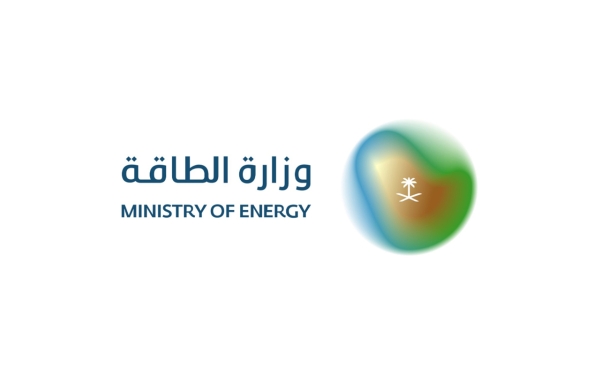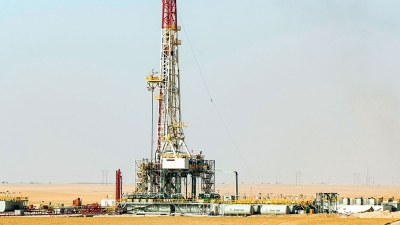

The Circular Carbon Economy National Program is a national initiative dedicated to comprehensive and integrated emissions management to mitigate the impact of climate challenges, make energy systems cleaner and more sustainable, enhance the security and stability of energy markets, and improve their accessibility. The program was initiated in 2019 and promoted by the Kingdom of Saudi Arabia during its G20 Presidency in 2020.
The G20 leaders endorsed the Circular Carbon Economy (CCE) Framework in 2020, aiming to provide a sustainable, pragmatic, and cost-effective approach that recognizes the urgent need to address climate change while ensuring access to a clean environment and affordable energy.
The Circular Carbon Economy National Program was fully launched in 2021, recognizing the crucial role of natural carbon absorption processes and adopting an ambitious goal to sustainably manage, restore, and preserve one billion ha of degraded land by 2040. The program aims to reduce and offset carbon dioxide (CO2) emissions in the atmosphere by reducing, recycling, reusing, and removing carbon. It addresses emissions holistically by utilizing all available mitigation options.
Strategic objectives of the Circular Carbon Economy National Program
The Circular Carbon Economy National Program aims to protect the climate by cost-efficiently reducing CO2 emissions through the use of CCE technologies. The program ensures that all possible measures are employed to reduce emissions. Another objective is to focus on the 'Socio-Economic Impact' by converting atmospheric CO2 emissions into added economic value. This involves promoting new industries based on CCE technologies, which will contribute to increasing gross domestic product (GDP) and creating job opportunities. Additionally, the program aims to achieve 'Global Leadership' by accelerating the global adoption of the CCE framework through international advocacy and communication, showcasing the Kingdom's leadership in addressing climate change on a global scale.
Activities of the Circular Carbon Economy National Program
The work of the Circular Carbon Economy National Program is centered around supporting the Kingdom both domestically and internationally in promoting the CCE framework, which manages carbon emissions while ensuring socio-economic development. This is achieved through several activities, including 'CCE Technology Development' by developing aspirations and roadmaps for key CCE technologies, identifying and activating required enablers and funding mechanisms, and identifying key standards and policies that need to be updated.
The program also focuses on the 'Domestic Implementation' activity by applying and scaling up these technologies domestically, supporting domestic industries in reducing emissions, and developing emissions scenarios in the Kingdom.
Furthermore, the program undertakes the 'International Engagement' activity by coordinating with other international stakeholders on CCE technologies (e.g., institutes, industries, etc.), promoting the CCE framework internationally, and demonstrating the Kingdom's position in key international forums.
CCE framework
The CCE Framework encompasses the 4 Rs, which are: the 'Reduce' lever, which involves using energy-efficient technologies and alternative fuels to mitigate the amount of carbon entering the atmosphere, while non-carbon-emitting renewables and nuclear energy can also play a role; the 'Reuse' lever, where carbon is captured through innovative technologies and then used to create useful products or injected back into oil and gas reservoirs to increase productivity. Also, the 'Recycle' lever, where captured CO2 is chemically transformed into new products such as fertilizers or cement, or into other forms of energy such as synthetic fuels; In addition to the 'Remove' lever, where carbon is removed from the atmosphere either by capturing and isolating CO2 from the air or naturally through processes such as afforestation and reforestation.
Related quizzes

